Home>Furniture & Design>Bathroom Accessories>How To Make A Toothbrush Softer
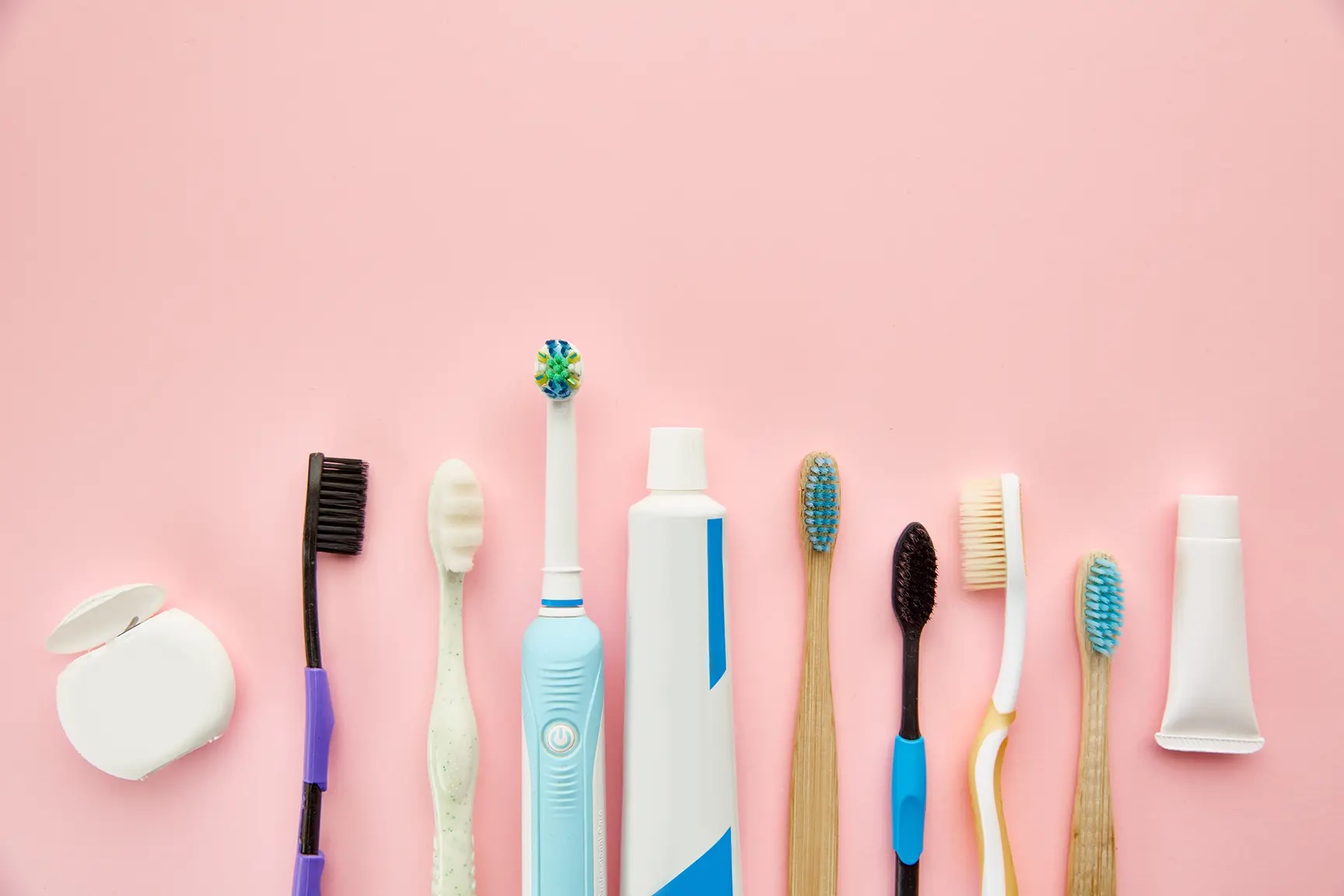

Bathroom Accessories
How To Make A Toothbrush Softer
Modified: October 18, 2024
Learn how to make your toothbrush softer with simple bathroom accessories. Improve your brushing experience with these easy tips.
(Many of the links in this article redirect to a specific reviewed product. Your purchase of these products through affiliate links helps to generate commission for Storables.com, at no extra cost. Learn more)
Introduction
When it comes to oral hygiene, the toothbrush is an indispensable tool for maintaining a healthy and radiant smile. However, not all toothbrushes are created equal, and some individuals may find that the bristles of their toothbrush are too firm for their liking. Whether it's due to sensitivity, discomfort, or personal preference, the need to soften toothbrush bristles is a common concern for many.
Understanding the importance of a toothbrush with bristles that suit your needs is crucial for maintaining good oral health. While some may assume that a toothbrush with firmer bristles provides a more thorough clean, it's essential to recognize that overly firm bristles can potentially damage the gums and enamel, leading to discomfort and oral health issues. Therefore, finding a balance between effective cleaning and gentle bristles is key to ensuring a positive brushing experience.
In this comprehensive guide, we will delve into the intricacies of toothbrush bristles, explore the reasons why individuals may seek to soften them, and provide a range of effective methods to achieve this. By the end of this article, you will be equipped with the knowledge and techniques necessary to customize your toothbrush bristles to suit your unique preferences and needs.
Let's embark on this enlightening journey to discover the art of making toothbrush bristles softer, ensuring that your oral hygiene routine is not only effective but also tailored to your comfort and well-being.
Key Takeaways:
- Softening toothbrush bristles is easy and fun! Try warm water soak, vinegar solution, baking soda paste, mouthwash soak, or even a hair conditioner treatment to customize your brushing experience.
- Understanding toothbrush bristles helps you make informed choices for a personalized oral care routine. Softening bristles enhances comfort while maintaining proper oral hygiene practices.
Read more: How To Make A Mattress Softer
Understanding the Toothbrush Bristles
To comprehend the process of softening toothbrush bristles, it is essential to first understand the composition and characteristics of these bristles. Toothbrush bristles are typically made from nylon, a durable and flexible material that is well-suited for oral hygiene applications. The bristles vary in thickness, length, and firmness, and these factors play a significant role in determining the brushing experience.
The firmness of toothbrush bristles is often categorized into three main types: soft, medium, and hard. Soft bristles are gentle on the gums and enamel, making them suitable for individuals with sensitive teeth or gums. Medium bristles offer a balance between gentle cleaning and effective plaque removal, catering to a broader range of users. Hard bristles, on the other hand, are designed for more aggressive cleaning but can potentially cause damage to the gums and enamel if used improperly.
It's important to note that the American Dental Association (ADA) recommends using a toothbrush with soft bristles to minimize the risk of oral damage. Soft bristles are generally considered the safest and most effective option for maintaining oral health without causing unnecessary abrasion to the teeth and gums.
Furthermore, the arrangement of the bristles on the toothbrush head also influences the brushing experience. Some toothbrushes feature bristles with varied lengths and angles, which are designed to reach difficult-to-access areas in the mouth and provide thorough cleaning.
Understanding the nuances of toothbrush bristles empowers individuals to make informed decisions about their oral care routine. By recognizing the impact of bristle firmness and design on oral health, individuals can tailor their brushing experience to align with their specific needs and preferences. This knowledge serves as the foundation for exploring effective methods to soften toothbrush bristles, ensuring a personalized and comfortable brushing experience that promotes optimal oral hygiene.
Soak your toothbrush in warm water for a few minutes to soften the bristles. This will make it gentler on your gums and teeth.
Methods to Soften Toothbrush Bristles
Softening toothbrush bristles can be a simple yet effective way to customize your brushing experience and ensure optimal oral hygiene. Whether you prefer a gentler touch on your gums or seek to prolong the lifespan of your toothbrush, there are several methods available to achieve softer bristles. Let's explore these methods in detail:
-
Warm Water Soak: One of the easiest ways to soften toothbrush bristles is by soaking the head of the toothbrush in warm water for a few minutes. The warmth helps to relax the nylon bristles, making them more pliable and gentle on the gums. After the soak, gently shake off any excess water and allow the toothbrush to air dry before use.
-
Vinegar Solution: Creating a solution of equal parts water and white vinegar provides a natural method for softening toothbrush bristles. Submerge the bristles in the vinegar solution for several minutes, then rinse the toothbrush thoroughly with water to remove any residual vinegar. This method not only softens the bristles but also helps to disinfect the toothbrush.
-
Baking Soda Paste: Mixing baking soda with water to form a paste and applying it to the bristles can help soften the toothbrush. Allow the paste to sit on the bristles for a few minutes before rinsing the toothbrush thoroughly. Baking soda is known for its gentle abrasive properties, which can aid in softening the bristles while also removing any buildup or stains.
-
Mouthwash Soak: Submerging the toothbrush head in mouthwash for a brief period can contribute to softening the bristles. Mouthwash contains ingredients that can help break down any residue on the bristles while imparting a refreshing scent. After soaking, rinse the toothbrush thoroughly to remove any remaining mouthwash.
-
Hair Conditioner Treatment: Applying a small amount of hair conditioner to the bristles and allowing it to sit for a few minutes can effectively soften toothbrush bristles. The conditioning properties of the product help to relax the nylon bristles, resulting in a gentler brushing experience. After the treatment, rinse the toothbrush thoroughly to remove any conditioner residue.
By incorporating these methods into your oral care routine, you can tailor the firmness of your toothbrush bristles to align with your preferences and needs. Whether you opt for a natural solution like vinegar or leverage everyday household items such as baking soda and hair conditioner, softening toothbrush bristles is a simple yet impactful way to enhance your brushing experience and promote overall oral health.
Conclusion
In conclusion, the quest to soften toothbrush bristles is a journey toward personalized oral care that prioritizes comfort, effectiveness, and overall well-being. By gaining a deeper understanding of toothbrush bristles and the impact of their firmness on oral health, individuals can make informed choices to tailor their brushing experience to suit their unique needs.
The methods outlined in this guide offer practical and accessible ways to achieve softer toothbrush bristles, empowering individuals to customize their oral care routine with ease. From simple warm water soaks to natural solutions like vinegar and baking soda, the range of techniques provides flexibility and versatility for individuals seeking a gentler brushing experience.
It's important to emphasize that while softening toothbrush bristles can enhance comfort and minimize potential abrasion, maintaining proper oral hygiene practices remains paramount. Regular brushing, flossing, and dental check-ups are essential components of a comprehensive oral care regimen that promotes long-term dental health.
By incorporating the methods to soften toothbrush bristles into their oral care routine, individuals can take proactive steps toward optimizing their brushing experience. Whether it's addressing sensitivity, accommodating personal preferences, or prolonging the lifespan of the toothbrush, the ability to customize bristle firmness contributes to a positive and tailored oral care experience.
Ultimately, the art of making toothbrush bristles softer is a testament to the individual's agency in prioritizing their oral health and comfort. With the knowledge and techniques presented in this guide, individuals are equipped to embark on a journey of personalized oral care, ensuring that their brushing experience is not only effective but also tailored to their unique needs and preferences.
As we conclude this enlightening exploration, let us embrace the opportunity to enhance our oral care routine through the art of softening toothbrush bristles, fostering a harmonious balance between effective cleaning and personalized comfort.
Frequently Asked Questions about How To Make A Toothbrush Softer
Was this page helpful?
At Storables.com, we guarantee accurate and reliable information. Our content, validated by Expert Board Contributors, is crafted following stringent Editorial Policies. We're committed to providing you with well-researched, expert-backed insights for all your informational needs.




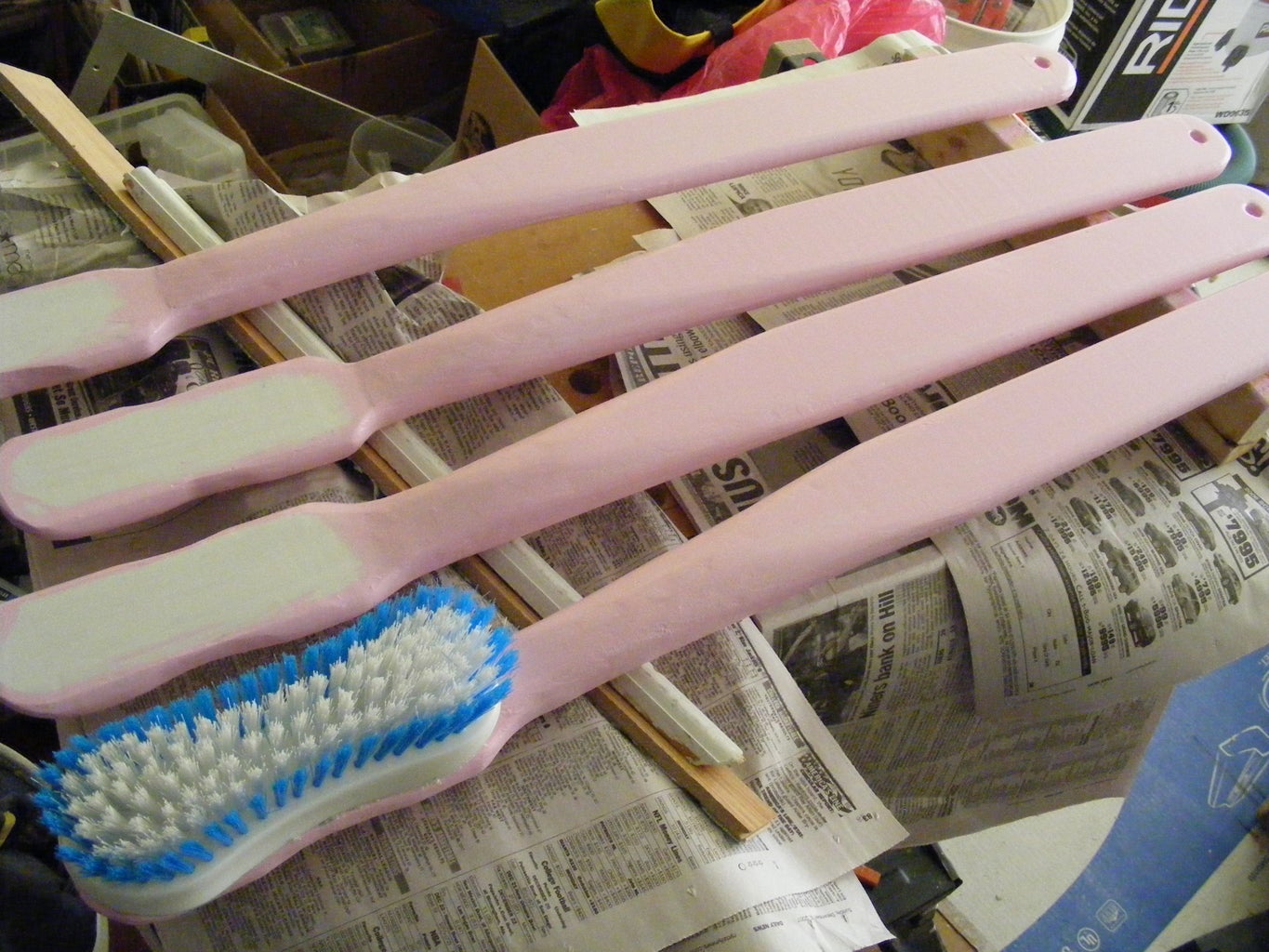
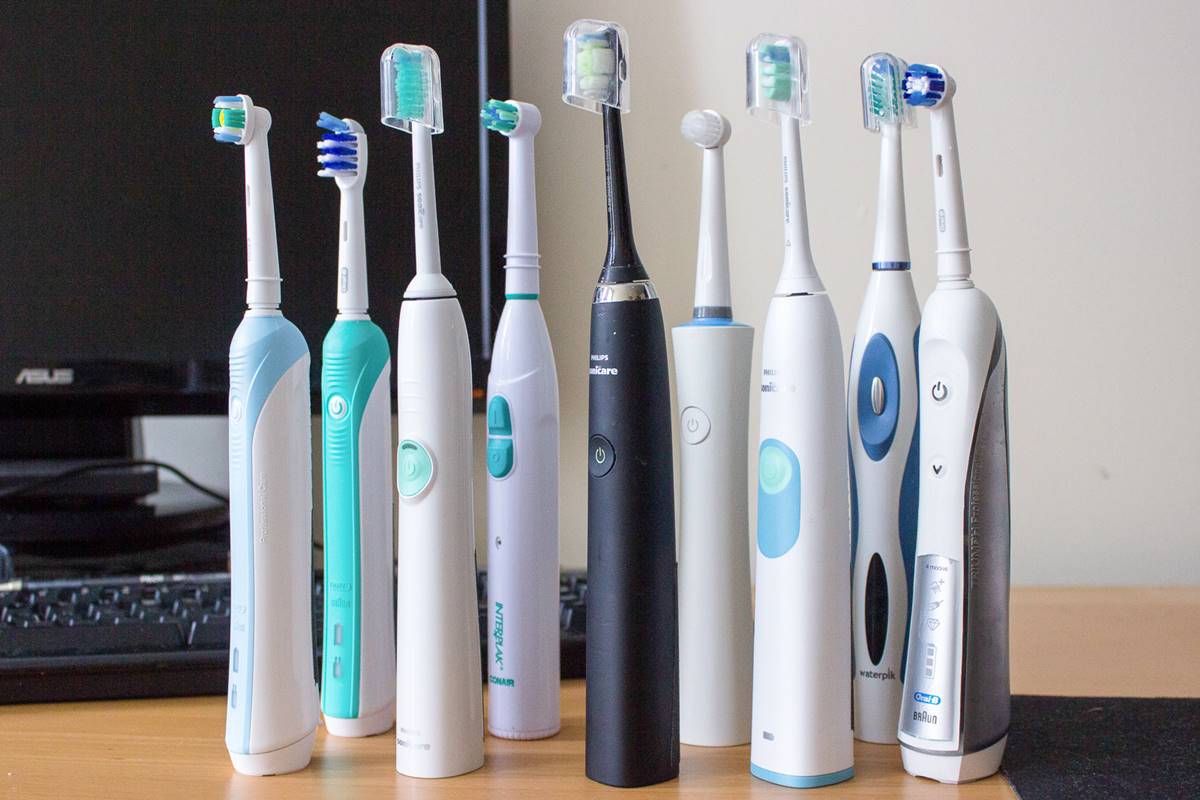
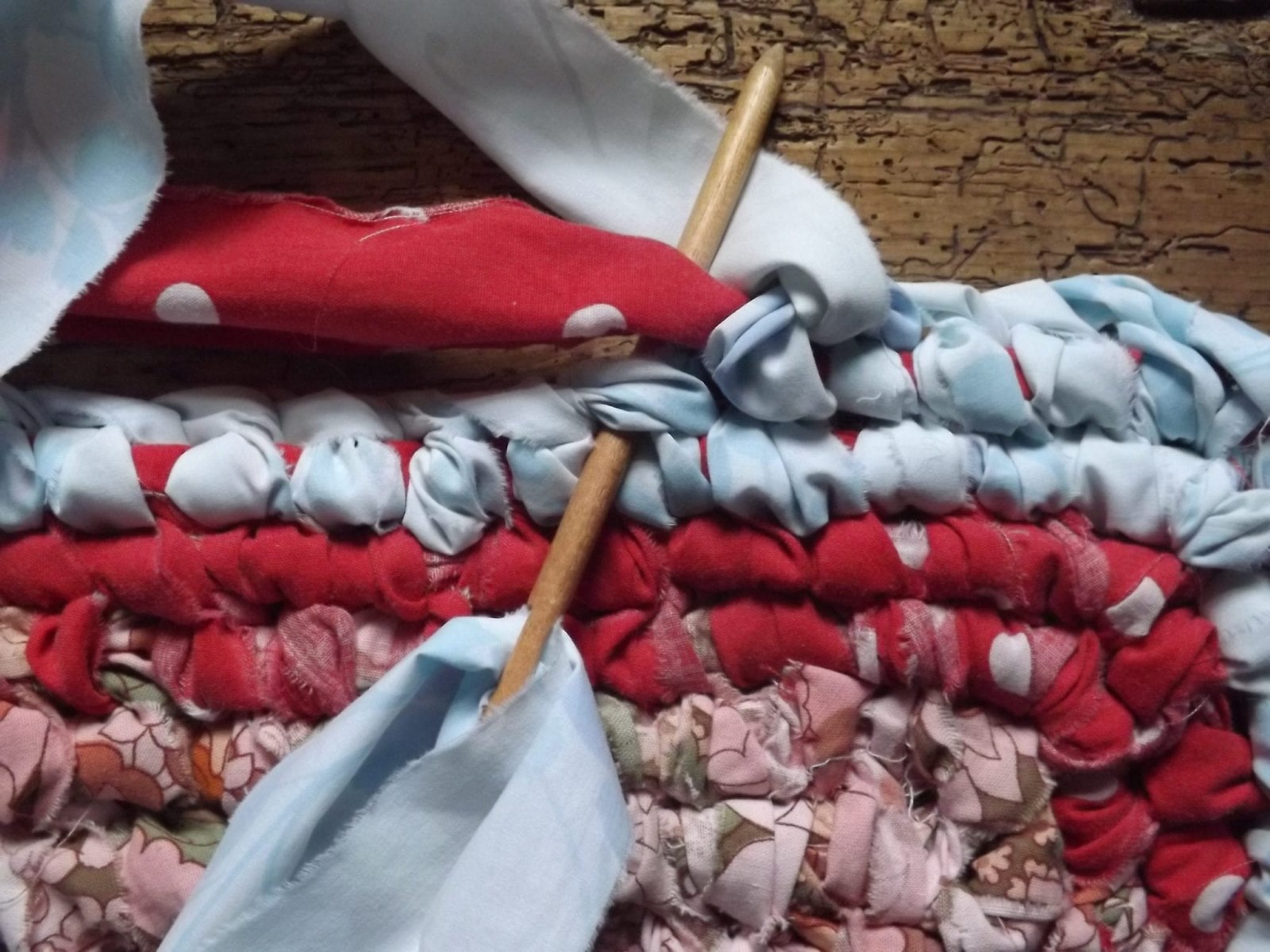
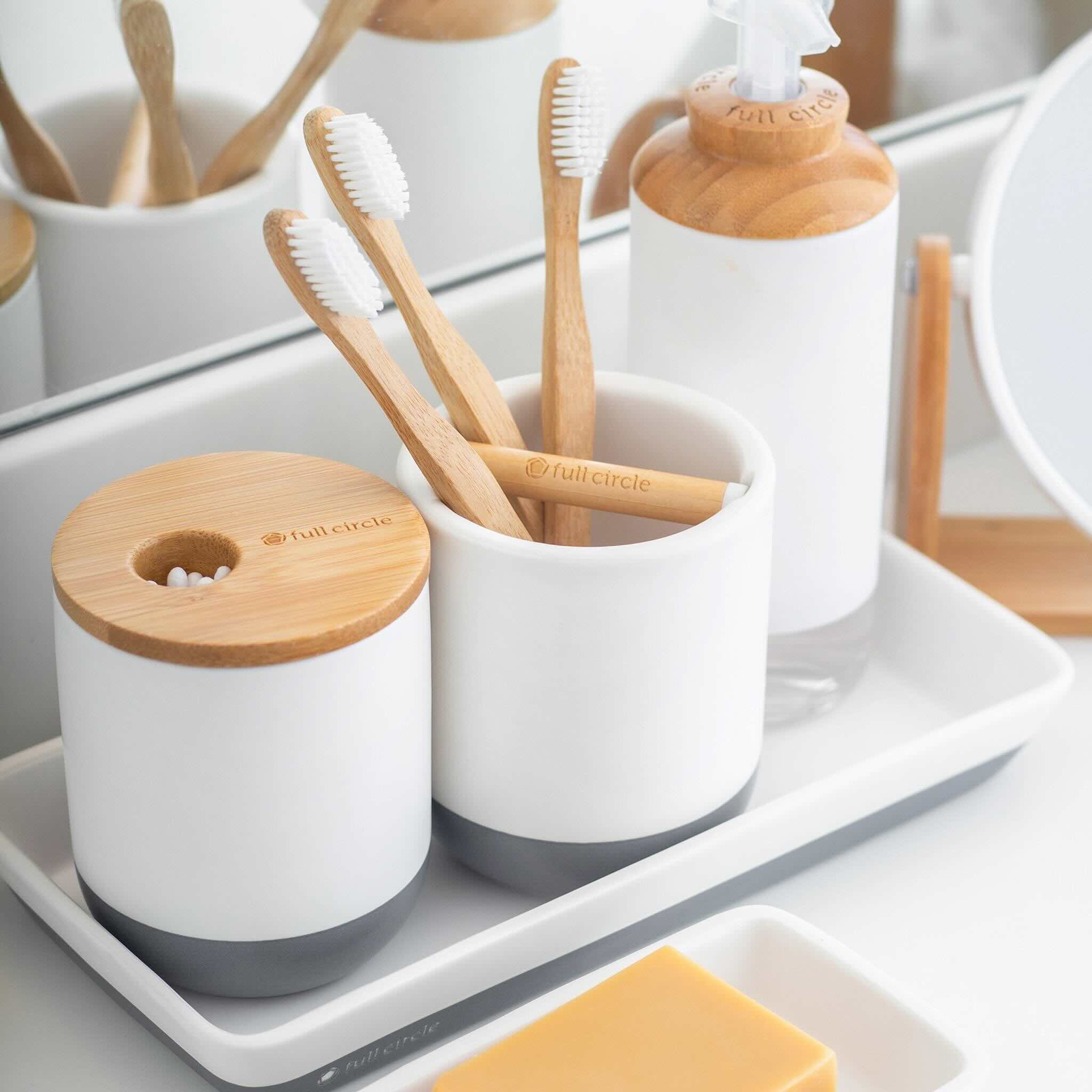
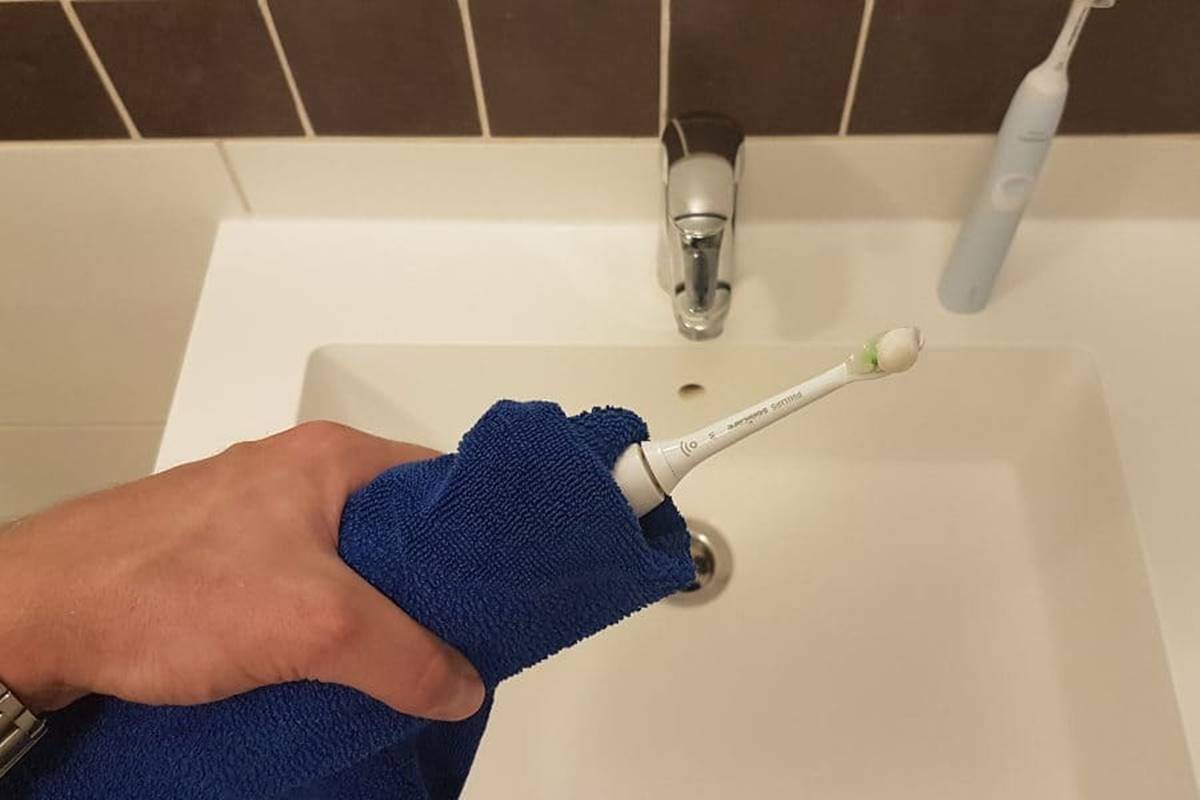
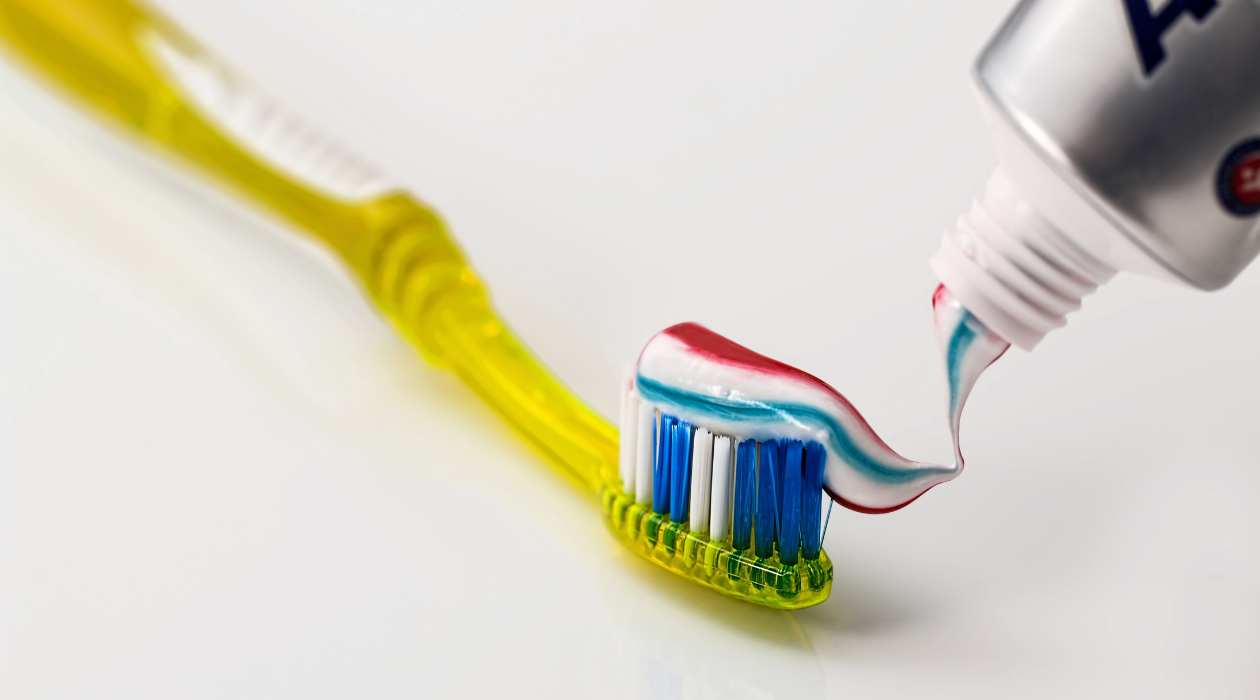
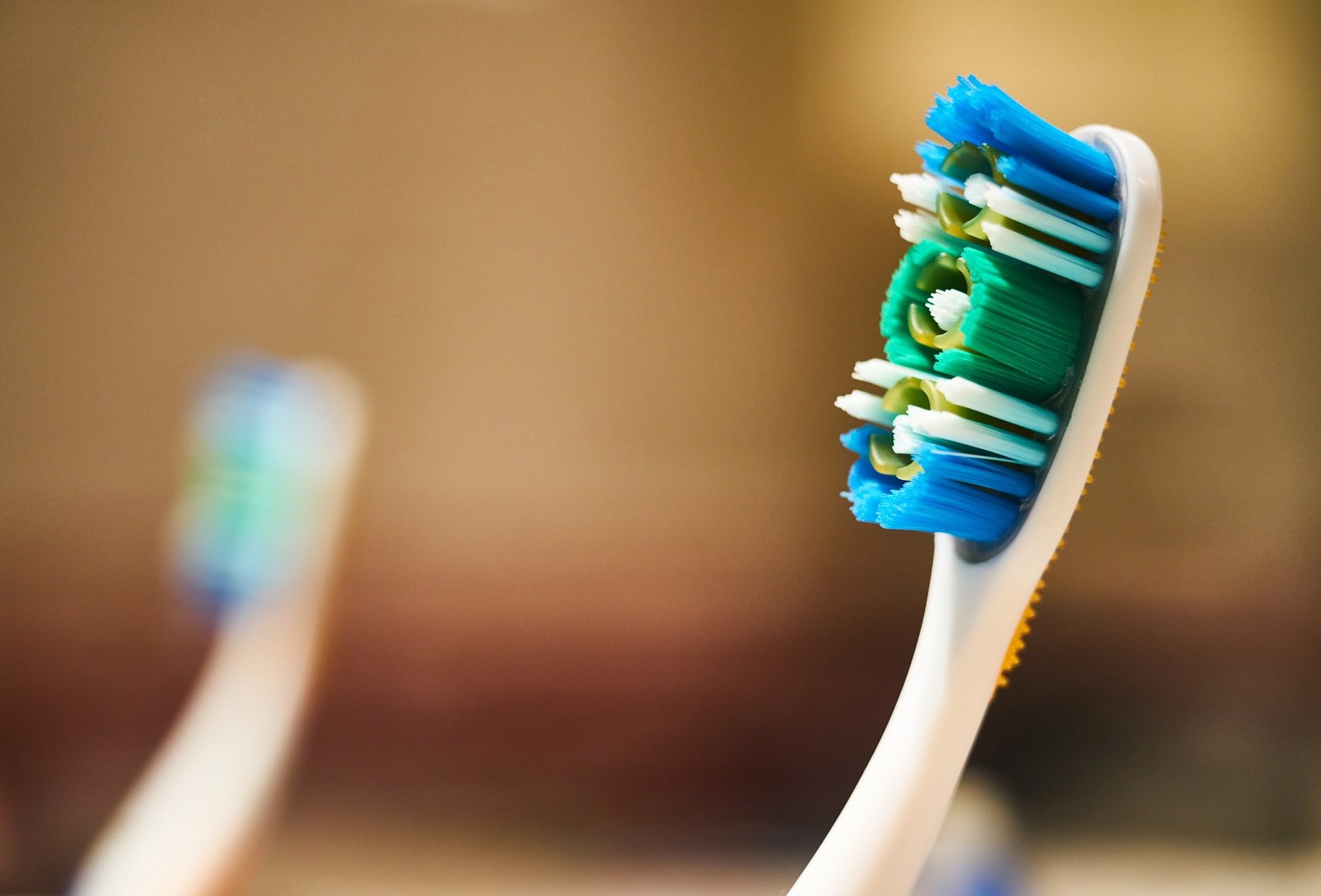
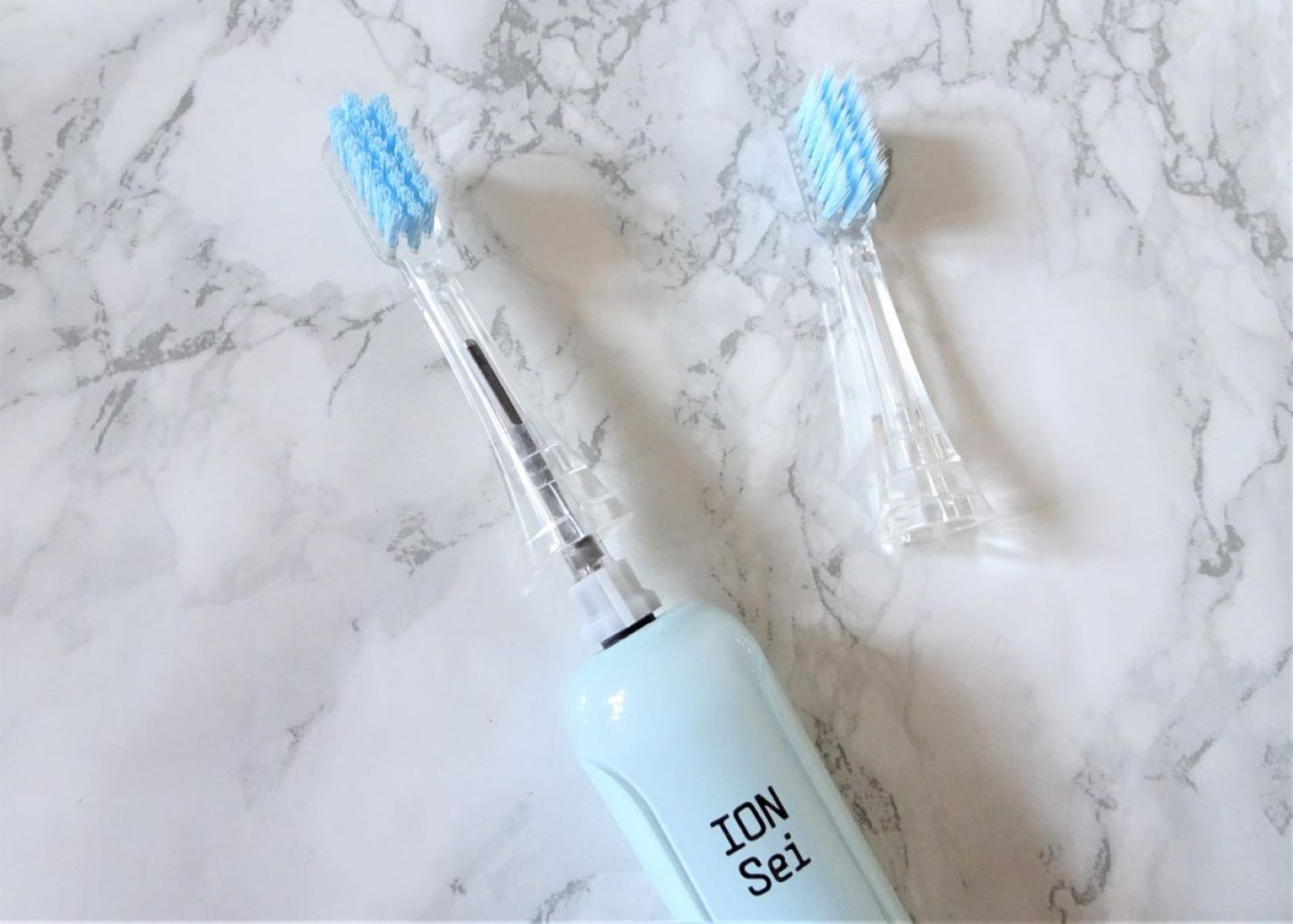
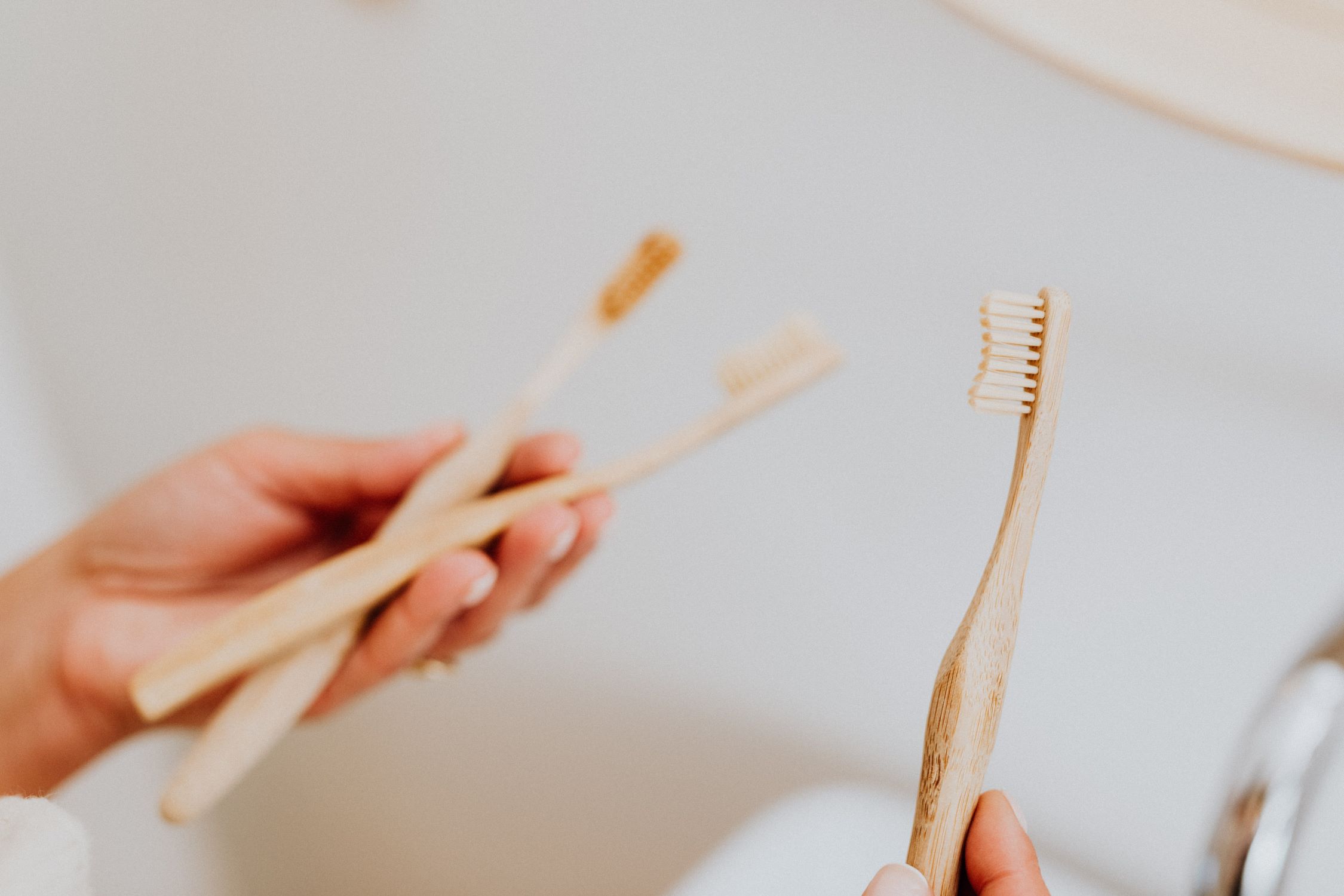
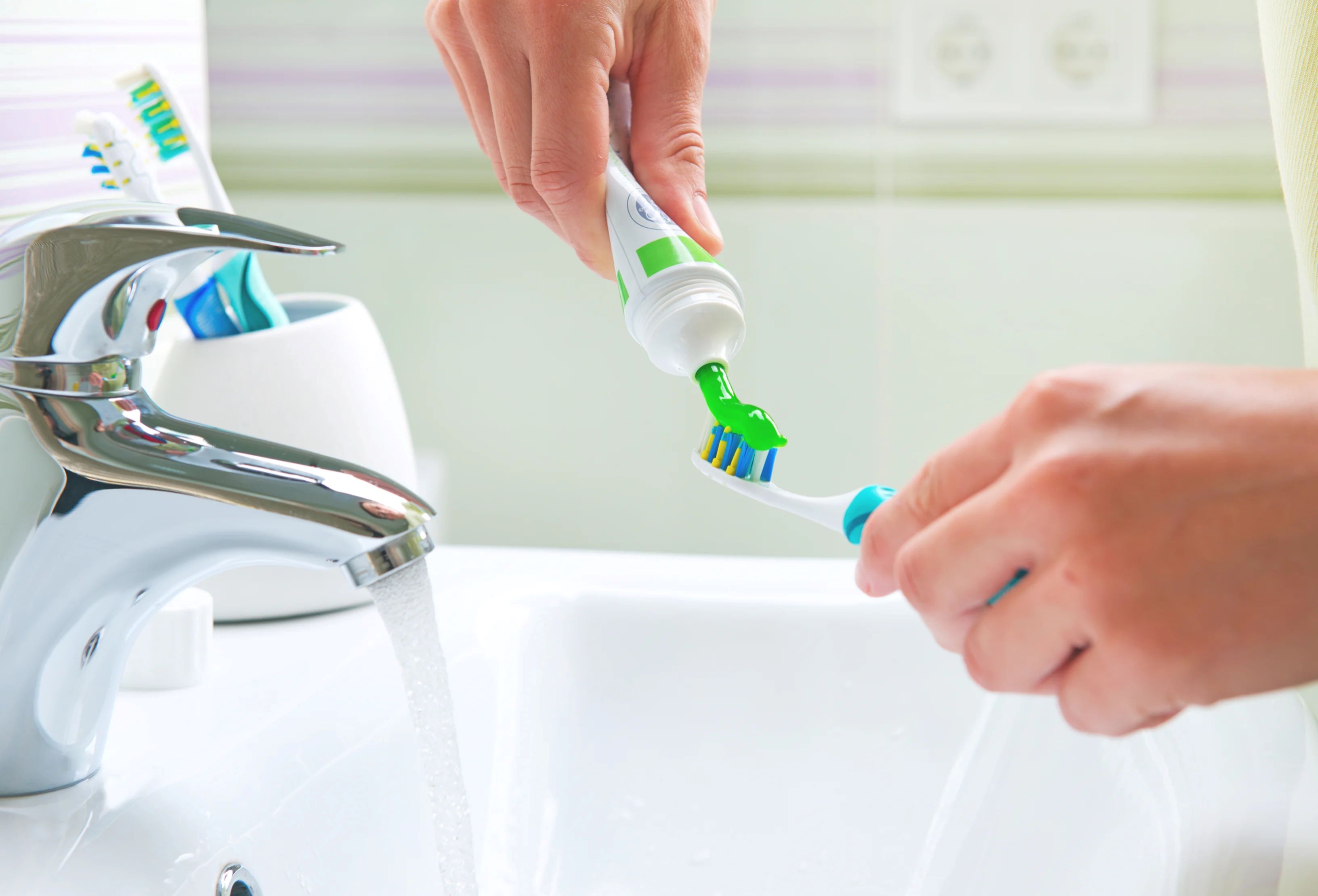
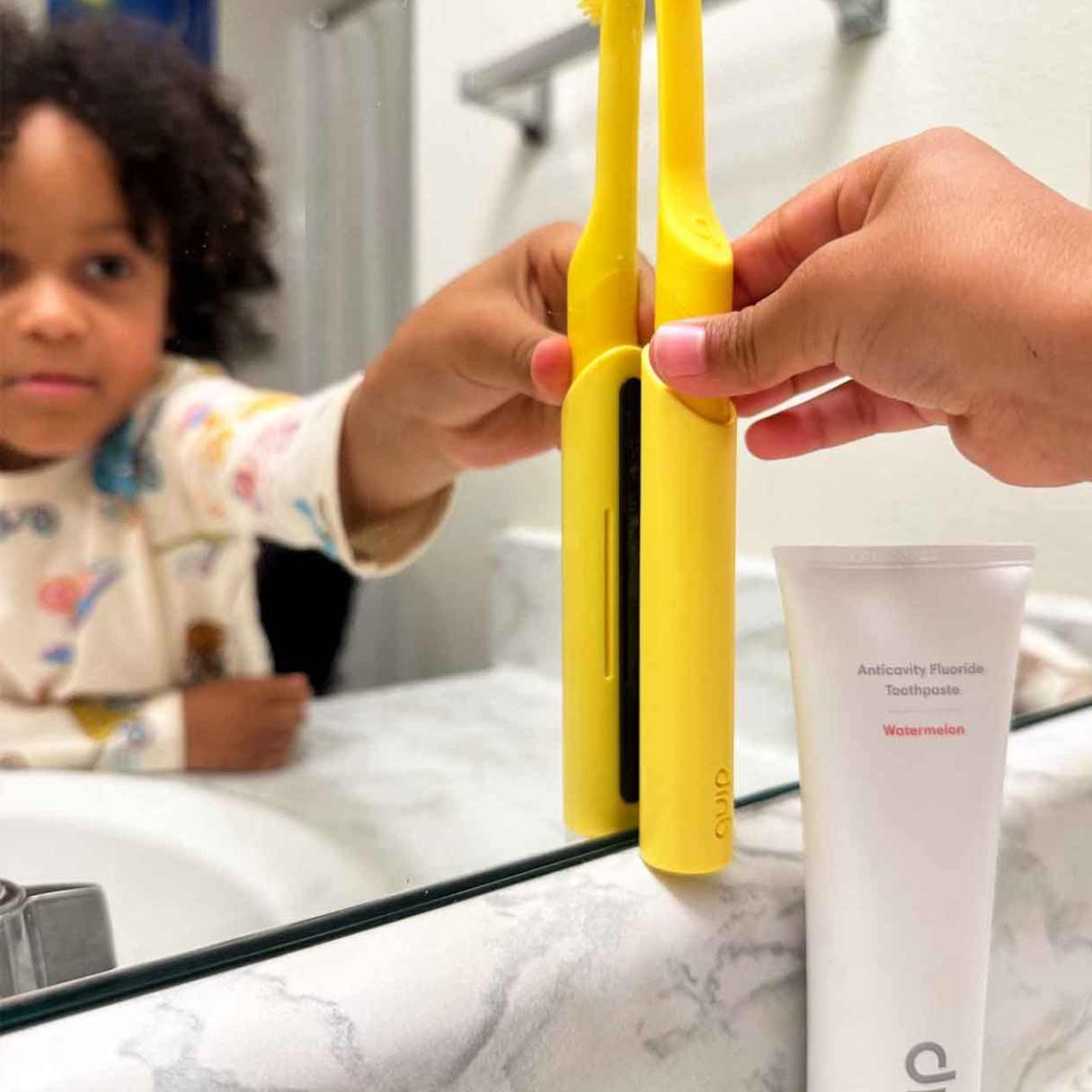

0 thoughts on “How To Make A Toothbrush Softer”